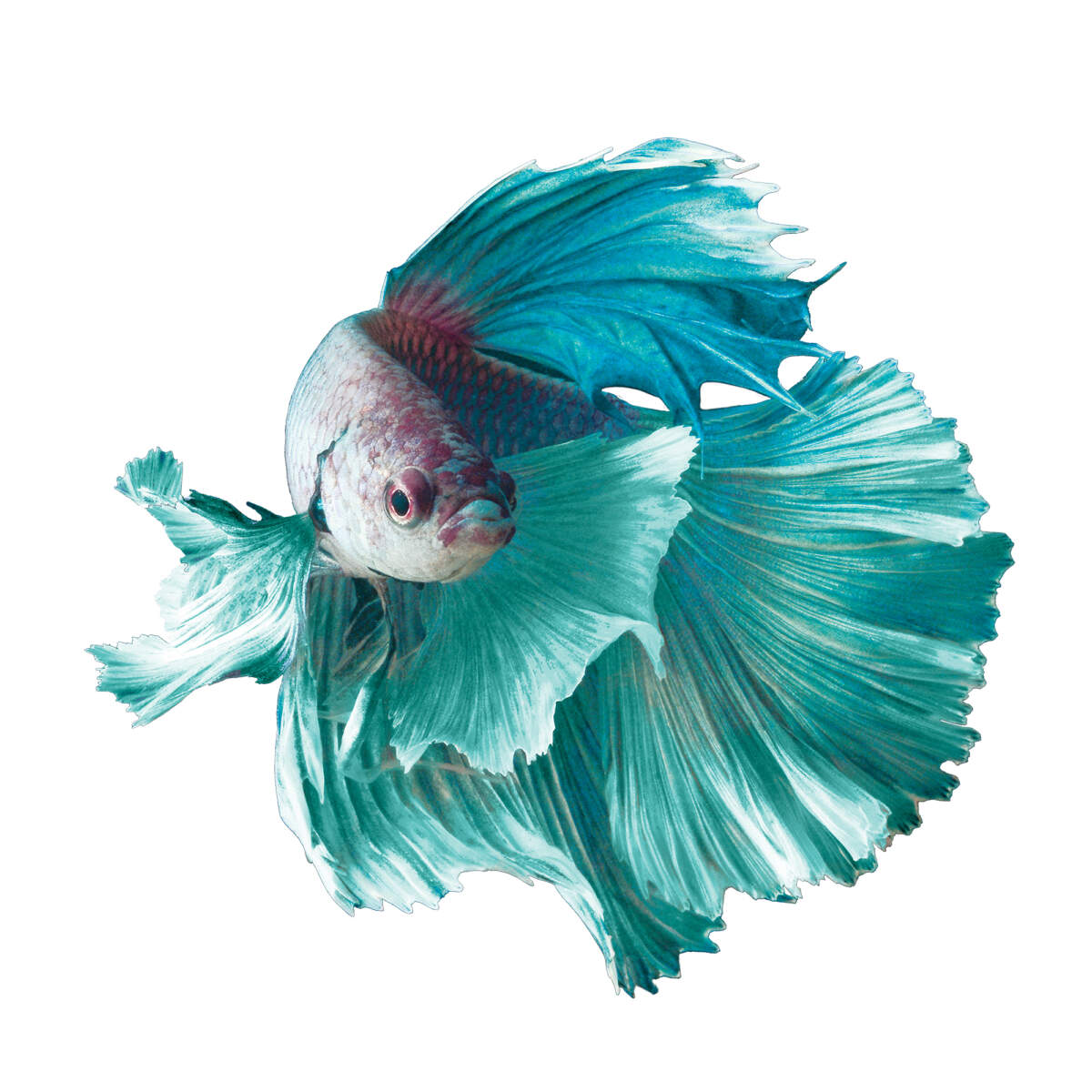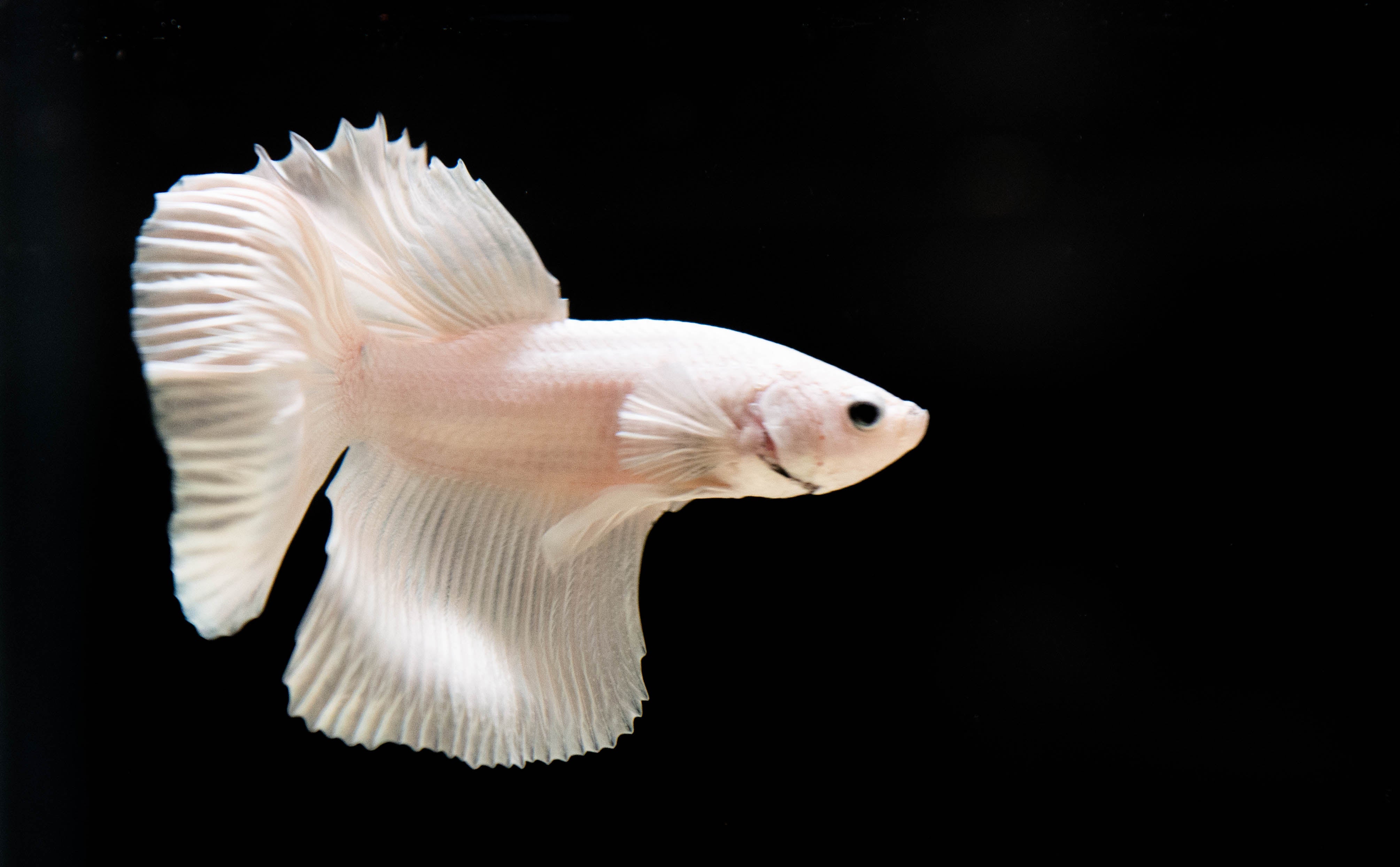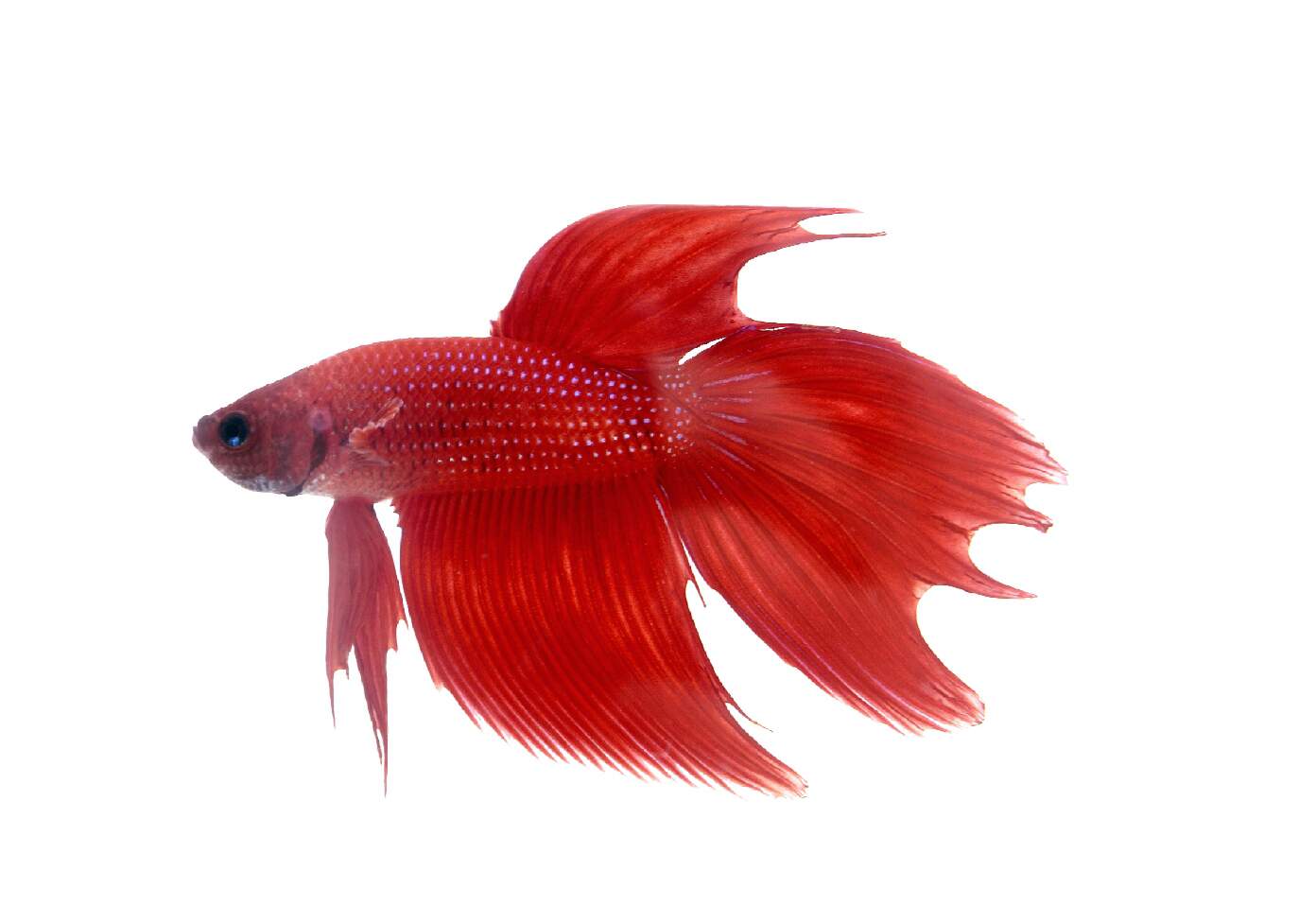Just How to Present Betta Fish to an Area Tank Safely
Just How to Present Betta Fish to an Area Tank Safely
Blog Article
Reproducing Betta Fish: a Comprehensive Step-By-Step Overview to Effectively Raising Baby Bettas From Eggs to Adulthood
Reproducing Betta fish is a thorough venture that calls for mindful planning and execution to guarantee the effective development of fry from eggs to mature fish. Choosing genetically varied breeding sets with preferable characteristics is only the beginning; creating an optimal environment and recognizing the details of the breeding procedure are similarly vital. As the male Betta vigilantly constructs a bubble nest and guards the valuable eggs, the succeeding stages of treatment and shift demand focus to information and knowledge of ideal techniques. How does one browse the difficult yet satisfying course of nurturing these vivid animals to their adult years?

Picking Reproduction Pairs
When beginning on the journey of reproducing Betta fish, picking the ideal breeding pairs is critical to achieving preferable traits and a healthy and balanced family tree - betta fish. The initial step in this process is to identify the particular attributes you want to enhance or protect, such as color, fin type, and physique. It is crucial to choose genetically diverse sets to stay clear of inbreeding, which can cause wellness issues and unfavorable attributes
Examine possible reproducing prospects thoroughly. A healthy male Betta should display lively colors, an energetic attitude, and well-formed fins, while the lady ought to likewise present lively coloration and a rounded belly, showing readiness for spawning. Observing the character of both fish is vital, as aggressive or extremely shy people may not reproduce effectively.
Documentation of lineage is equally essential. Maintaining documents of the parent fish's origins can help you track hereditary characteristics and potential problems. In addition, speak with respectable breeders or on the internet resources for assistance on picking compatible sets. Inevitably, spending time in the option procedure will dramatically enhance the likelihood of producing strong, lively spawn that meet your reproduction objectives (betta fish).

Preparing the Breeding Tank
Developing an ideal breeding setting is a crucial step after choosing appropriate sets for Betta fish. The reproduction tank need to be particularly designed to give comfort and stimulate the natural reproduction behaviors of the fish. Beginning with a storage tank dimension of a minimum of 10 gallons to ensure adequate room for both the man and female Bettas.
Keep a gentle purification system to keep the water tidy while avoiding solid currents that can stress the fish. In addition, an air stone can be contributed to provide oxygenation without interfering with the water surface excessive.
Temperature level policy is crucial; goal for a stable variety of 78-82 ° F(25-28 ° C) making use of a trusted heating unit. The pH degree ought to be kept between 6.5 and 7.5, and routine water adjustments are required to make certain high water high quality.
Incorporate drifting plants or generating mops to develop concealing spots for the woman, while likewise urging bubble nest building by the male - betta fish. Lastly, make certain the tank is devoid of sharp decors and any potential hazards, as the welfare of the fish must constantly be focused on during this vital stage of reproduction.
The Breeding Process
Usually, the breeding procedure for Betta fish includes a collection of unique and evident habits that suggest preparedness for reproduction. The male Betta starts by constructing a bubble nest at the water's surface area, which acts as a site for the fed eggs. This nest is crucial, as it gives a secure environment for the eggs till they hatch.
When the nest is developed, the male will certainly present courtship behaviors, such as flaring his fins and displaying vivid shades to bring in the lady. The lady, upon noticing the man's readiness, will certainly react by showing upright stripes along her body, signaling her receptiveness.
When the female techniques, the male engages in a mating dance, often resulting in an embrace recognized as the "spawning." During this accept, the female releases her eggs, which the male feeds right away. The fed eggs after that are up to the bubble nest, where the male very carefully accumulates and returns them to the nest. Following this, the male thinks obligation for safeguarding the nest and making sure the safety of the eggs up until they hatch, typically within 24-36 hours. This phase is crucial in the breeding procedure, laying the structure for effective fry growth.
Caring for Betta Fry
Looking after Betta fry needs mindful attention to their setting and nutrition to make certain healthy and balanced development and growth. After hatching out, Betta fry are incredibly tiny and susceptible, necessitating a secure and clean environment. Preserving a water temperature in between 78 ° F and 80 ° F is crucial, as Betta fry flourish in warm problems. Furthermore, guarantee that the water is devoid of unsafe toxins; routine water adjustments of 10-20% are recommended to preserve optimum water quality.
Feeding Betta fry is similarly crucial. They need to be supplied infusoria or finely smashed top quality fry food, as their mouths are too little to deal with larger bits. As they expand, you can slowly present bigger foods, such as child salt water shrimp or powdered flakes, to ensure they obtain adequate nourishment. Feed them little web link quantities a number of times a day, taking care not to overfeed, which can result in water high quality problems.
Transitioning to Adult Bettas
As Betta fry mature, transitioning them to adult Bettas is a vital stage that calls for cautious administration of their environment and social interactions. This procedure commonly begins when the fry reach around six weeks of age, whereupon they can be progressively presented to a much more structured living setting.
To promote this change, it is vital to make sure that the water parameters-- such as temperature level, pH, and ammonia levels-- are optimum and steady. Grown-up Betta fish prosper in warm water (around 78-80 ° F) with a pH of 6.5 to 7.5. Slowly accustom the fry to these problems to reduce stress.
Social communications are another crucial factor; male Bettas are notoriously territorial and aggressive. As a result, it is a good idea to different men right into specific storage tanks as they grow. Female Bettas can be housed with each other, but care must be required to keep track of for indicators of aggression.
Furthermore, go right here nutritional adjustments ought to be made as the fry expand. Include premium pellets and live foods to sustain their development and health. By handling these factors successfully, you can advertise an effective transition to the adult years for your Betta fish.

Verdict
Effective reproduction of Betta fish needs cautious interest to detail throughout the entire procedure, from picking genetically varied sets to giving optimum treatment for fry. By making sure appropriate breeding problems and preserving water high quality, the possibility of healthy and balanced additional reading offspring boosts considerably. Furthermore, a well balanced diet regimen and steady adjustment to grown-up settings are crucial for the development and advancement of Betta fish. Following these actions faithfully fosters a flourishing populace of Betta fish, improving both their health and vigor.
Report this page